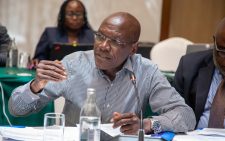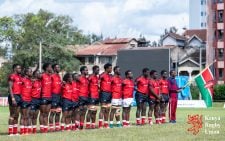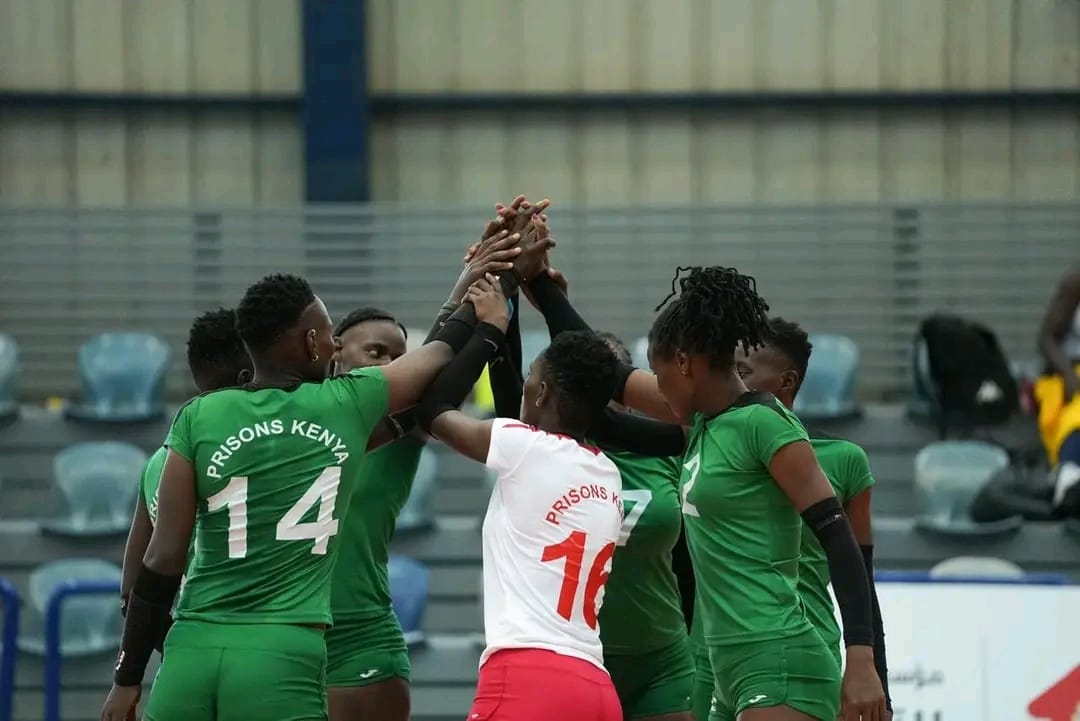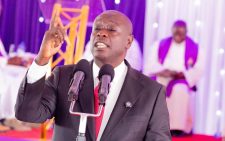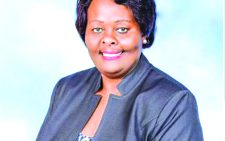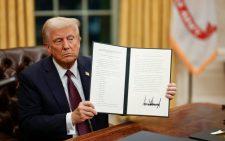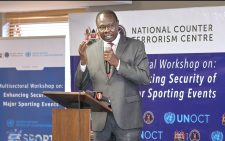New changes to allow electoral body to operate

Parliament has moved to make far-reaching amendments to the constitution to allow the Independent Electoral and Boundaries Commission (IEBC), to operate without a fully constituted commission.
The changes are meant to allow the electoral commission to conduct by-elections which have been pending for over a year following the expiry of the term of all the seven commissioners.
If the proposal sails through then the commission Chief Executive Hussein Marijan will be free to conduct the delayed by-elections.
MPs also want to amend the law to protect 27 constituencies that are at risk of being dissolved for failing to meet constitutional requirements.
Mandera North MP Bashir Sheikh has moved the legislative proposal to amend Article 88 of the Constitution to provide that when the IEBC is not constituted, the Secretary of the Commission can perform its functions that are limited to conducting by-elections under Article 101 (4)(b) of the Constitution.
Delays in the reconstitution of the commission are denying constituents of Banisa in Mandera county and at least four wards their right to representation as impending by-elections cannot be held without a fully constituted electoral body.
IEBC has been operating without commissioners since the retirement of chairman Wafula Chebukati, and commissioners Abdi Guliye and Boya Molu on January 17 last year.
The other commissioners, Juliana Cherera, who was the vice chairperson, Justus Nyang’aya, and Francis Wanderi resigned after President William Ruto formed a tribunal to investigate their conduct, while Irene Masit was removed on the recommendation of the tribunal.
On the issue of delimitation, Thika MP Alice Ng’ang’a has moved a proposal to amend Article 89 of the Constitution to protect 27 constituencies that were protected for the First delimitation of electoral units despite not meeting the population quota requirement.
“The constituencies risk being merged with others when the IBC conducts the Second review that is due,” Ng’ang’a argues.
The said constituencies are Voi, Wundanyi, Mwatate, Galole, Bura, Isiolo South, Samburu East, Laisamis, North Horr, Saku, Kilome, Mukurweini and Mbeere North.
Others are Mathioya, Ndaragwa, Budalang’i, Vihiga, Othaya, Kangema, Marakwet East, Keiyo North, Tetu, Mogotio, Lamu East, Lamu West, and Mvita.
The Constitution only safeguarded the 27 constituencies from the initial review, which took place in March 2012.
With the second review due in 2024, 12 years after the first, it is crucial to ensure that the constituencies are not merged with others. The constitution stipulates that the electoral commission should conduct a review after 8 years but not more than 12 years.
“This amendment ensures that these constituencies are protected for a minimum of 8 and a maximum of 12 years, allowing them to gradually grow their population to meet the threshold.
These constituencies hold significant cultural and developmental value for their inhabitants. Residents have grown attached to them, viewing them as the focal point for the allocation of developmental resources,” Ng’ang’a argues.
She further says that through public participation, the constituents have a say in how resources are utilized for various purposes, such as education, infrastructure, and security.
Merging these constituencies, the MP says would result in an irredeemable feeling of loss of identity and control on the part of their inhabitants over their local development much as they will not be moved from their homes.
Ng’ang’a explains, “The constitution does not grant the IEBC the authority to interfere with county boundaries. Equally, IEBC has no powers to increase or reduce the number of constituencies. Therefore, if a constituency is merged within one county, the IEBC would have to adjust the boundaries of other constituencies in a different County to maintain the total of 290 constituencies.”
This could lead to discord and grievances among counties, as they may perceive others as benefiting at their expense. With 47 counties in Kenya, each with its devolved functions and resources, the sentimental attachment to county identity is strong. Folding an existing constituency in one county to create a new one elsewhere may be seen as an act of “robbing” a county of its representation and resources.
Ng’ang’a proposes that the boundaries of each constituency should be such that the number of inhabitants is, as nearly as possible, equal to the population quota, but the number of inhabitants of a constituency may be greater or lesser than the population quota.
This will be done to address among others, geographical features and urban centres, communities of interest, historical, economic, and cultural ties, and means of communication.
Also to be considered should be the number of inhabitants of a constituency or ward may be greater or lesser than the population quota by a margin of not more than, 40 percent for cities and sparsely populated areas, 30 percent for other areas.
In reviewing constituency and ward boundaries the electoral commission should consult all interested parties; and progressively work towards ensuring that the number of inhabitants in each constituency and ward is, as nearly as possible, equal to the population quota.
If necessary, the commission shall alter the names and boundaries of constituencies and the number, names, and boundaries of wards.
